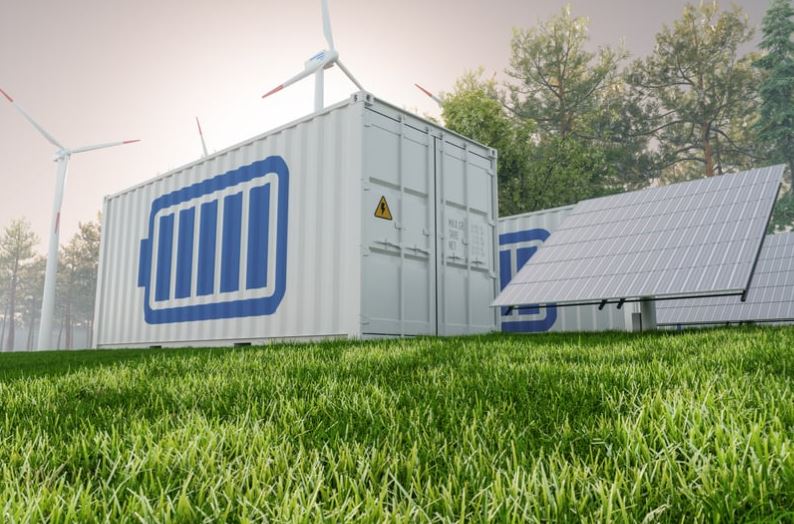The graphite market has significantly influenced the battery industry, with graphite’s superior chemical structure providing durability and efficiency in battery applications.
In 2024, global battery demand was estimated at around 1.1-1.2 TWh, reflecting various underlying trends. An interesting shift was noted in the electric vehicle (EV) sector, where China’s total EV sales increased by 40% year-over-year. This growth was notably driven by plug-in hybrid vehicles (PHEVs), which have smaller battery packs compared to their fully electric counterparts. This scenario highlights a pivotal shift in consumer preferences and market dynamics.
The European market, however, faced a downturn in battery electric vehicle sales, partly due to the withdrawal of subsidies in Germany. This impact demonstrates the delicate interdependence between government policies and market performance. Despite this, the global energy storage sector thrived, buoyed by increased wind and solar energy installations in China, tariff-induced front-loading of energy storage system purchases in the U.S., and emerging ancillary trading opportunities. As a result, the demand for battery-grade graphite soared to approximately 1.3 million metric tonnes, a 20% increase from the previous year.
In light of this demand, projections suggest that by late 2025, the battery sector’s appetite for graphite could surpass that of the steel industry. The strategic importance of graphite in automotive and energy storage markets is thereby reinforced. However, the sector faces potential challenges from emerging technologies such as pure silicon anodes, sodium-ion batteries, and solid-state batteries—each offering advantages that could disrupt graphite’s stronghold.
Graphite’s Role
Graphite’s primary role in the battery sector is as an anode material, given its ability to provide long cycle life and reasonable energy density. However, alternative technologies are on the rise. Silicon anodes, for instance, although not yet mainstream, store significantly more lithium atoms per atom than graphite, leading to potentially higher energy densities. However, the physical expansion of silicon during battery charge-discharge cycles remains a technical challenge that needs addressing.
Similarly, sodium-ion batteries present a compelling alternative, particularly in light of lithium price volatility since 2022. While these batteries offer robust cycle life and safety, their reliance on hard carbons instead of graphite for anodes presents new market dynamics that require scaling production.
Solid-state batteries, seen as the future frontier, forego graphite for lithium metal anodes, but face ongoing supply chain and technical challenges, such as dendrite formation.
Market Dynamics and Supply Chain Considerations
China dominates the global graphite market, producing roughly 95% of the world’s graphite anode supply in 2024, underpinned by its vast graphitisation capacity. This monopolistic hold poses risks to other regions, notably the Western countries, and has prompted protective measures such as tariffs and anti-dumping duties on Chinese imports. As of 2024, the U.S. reinstated a 25% tariff on both natural and synthetic graphite anode products from China.
To reduce dependency on Chinese supply chains, some Western regions are exploring alternative sourcing strategies, bolstered by legislative incentives like the Inflation Reduction Act’s Clean Vehicle Credit, which supports EV purchases and favors cross-regional partnerships.
Stay updated on the latest in energy! Follow us on LinkedIn, Facebook, and X for real-time news and insights. Don’t miss out on exclusive interviews and webinars—subscribe to our YouTube channel today! Join our community and be part of the conversation shaping the future of energy.





